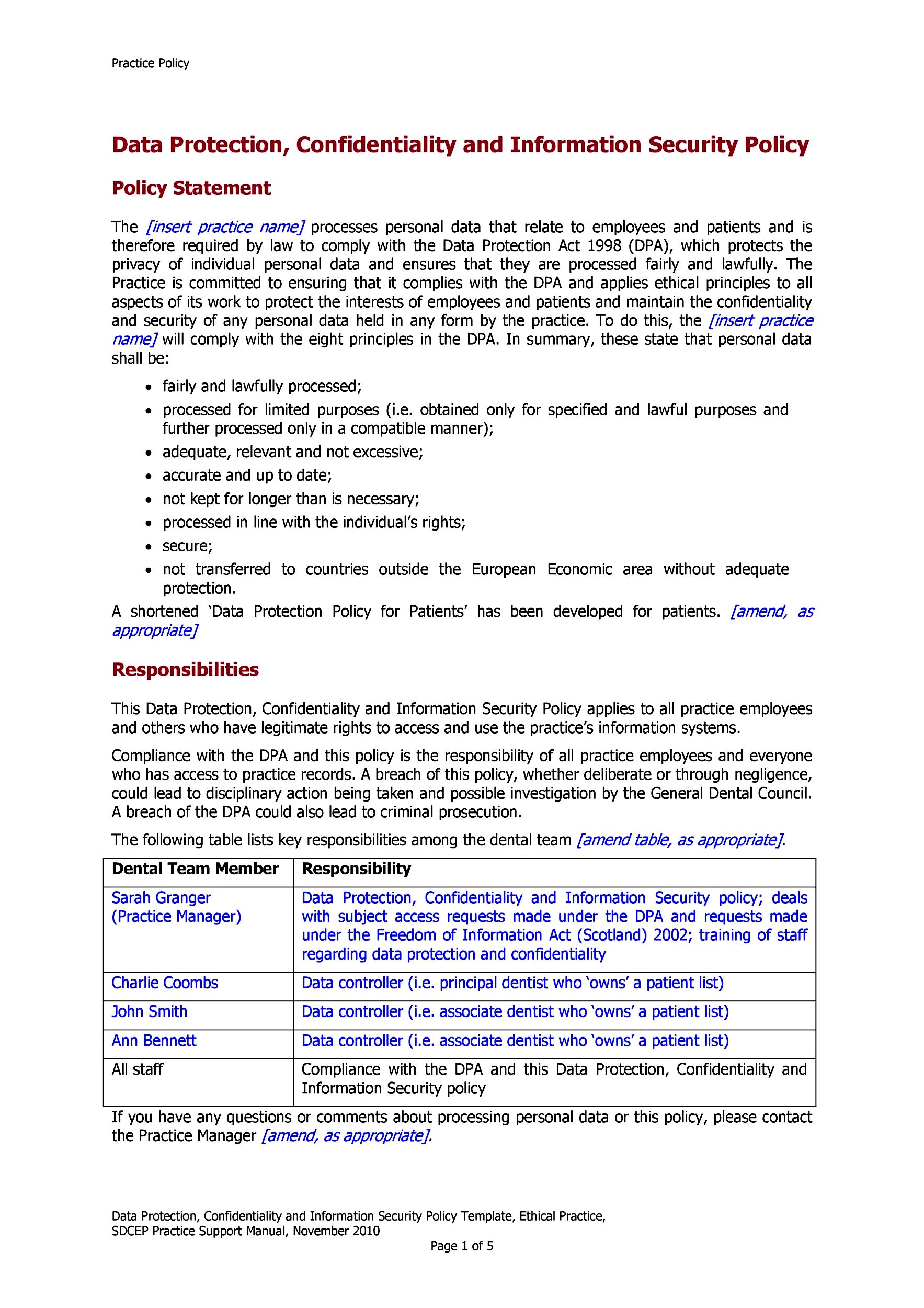In today's digital world, phishing scams have become an all too common threat to our online security. It can be hard to identify a phishing email but with the right knowledge, you can protect yourself from becoming a victim of these scams. Phishing emails are typically designed to look like they are from a legitimate source, but in reality, they are sent by fraudsters who are trying to steal your sensitive information such as passwords, credit card details or personal information.
One of the most important things to look for in a phishing email is the sender's email address. Scammers often use fake email addresses or domain names that look almost identical to the real thing. If the email address looks suspicious, do not open the email or click on any links within. You can also hover over any links to see if the URL matches the linked text. If it doesn't match, it’s best not to proceed.

Another giveaway of a phishing email is poor grammar and spelling. The scammers often use language that is unprofessional, but also designed to trick you into a false sense of security. The email may try to persuade you that your account is in danger and that you need to act fast. However, legitimate emails will not pressure you to disclose your personal information quickly.
Also, be wary of emails asking you to login to your personal account, as they may have been designed to look like they come from your bank, Amazon account or other trusted institution. Do not open the email or click on any links within, instead type in the URL manually or give the legitimate company a call to check for any issues.
Clone phishing is a type of cyber attack in which a fraudulent email or website, which appears to be legitimate and may include an example of the original, is created to gather sensitive information from victims, thus being a crucial concept of cloning and cyber security.
In conclusion, Phishing emails can be harmful and it is crucial to remain vigilant to protect yourself from fraud. If you receive an email that you find suspicious, do not open any links or attachments inside. If you are ever in doubt, contact the organization through a legitimate channel to ensure your account's safety. Remember, staying safe online requires attentiveness and education.
Tags:



Jan 3, 2018Reply
Mark McDougal
Lorem ipsum dolor sit amet, consetetur sadipscing elitr sed diam nonumy. Quisque varius eros ac purus dignissim. Praesent sit amet massa suscipit, auctor sapien non, egestas felis. Maecenas mattis aliquet est vitae dignissim.
Feb 5, 2018Reply
Marie Belton
Lorem ipsum dolor sit amet, consetetur sadipscing elitr sed diam nonumy. Quisque varius eros ac purus dignissim. Praesent sit amet massa suscipit, auctor sapien non, egestas felis. Maecenas mattis aliquet est vitae dignissim.
Nov 14, 2017Reply
Jeff Smith
Lorem ipsum dolor sit amet, consetetur sadipscing elitr sed diam nonumy. Quisque varius eros ac purus dignissim. Praesent sit amet massa suscipit, auctor sapien non, egestas felis. Maecenas mattis aliquet est vitae dignissim.